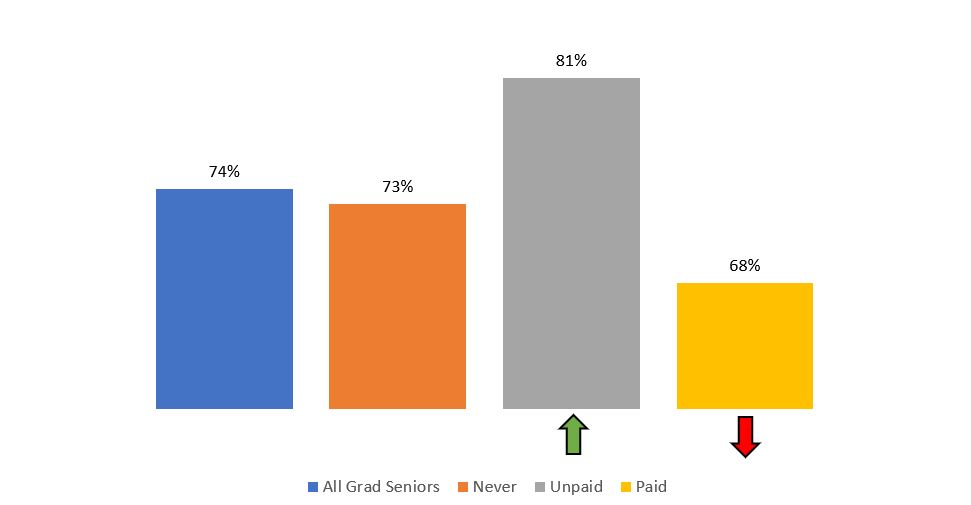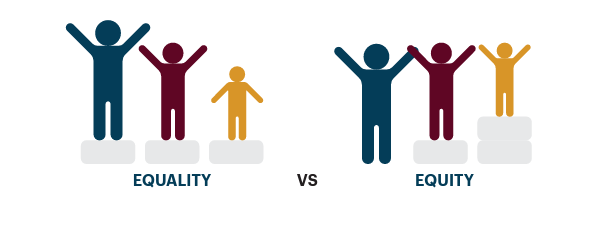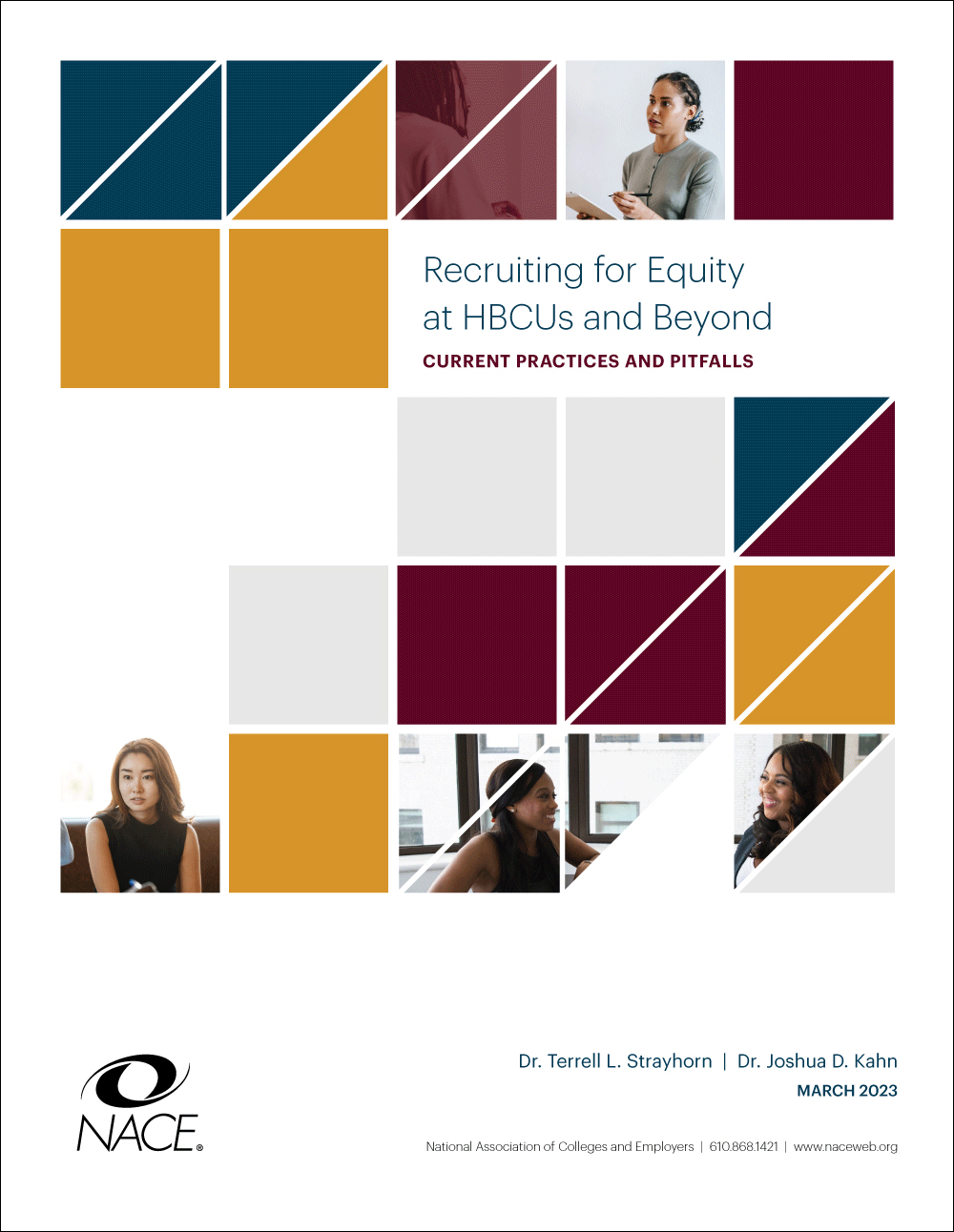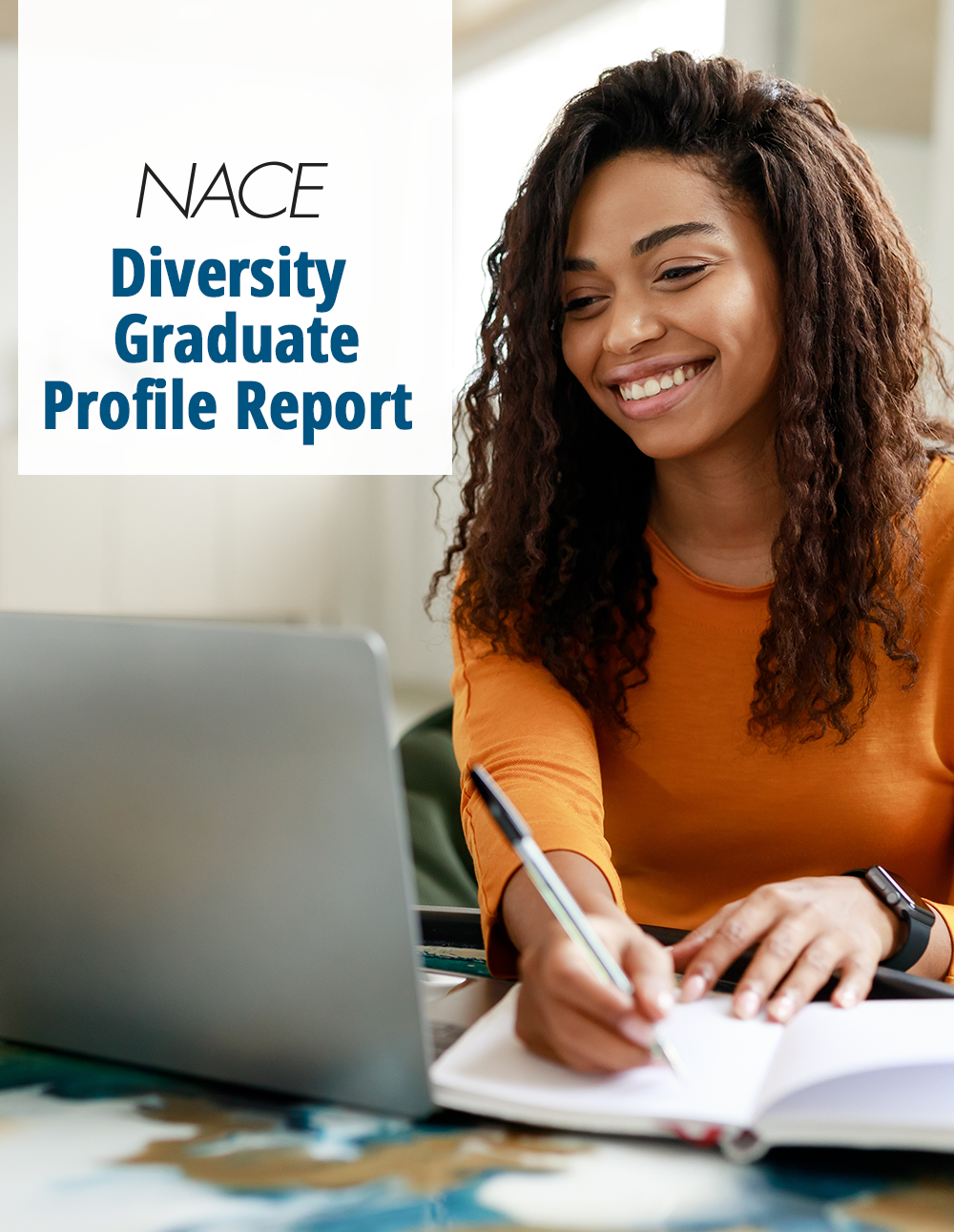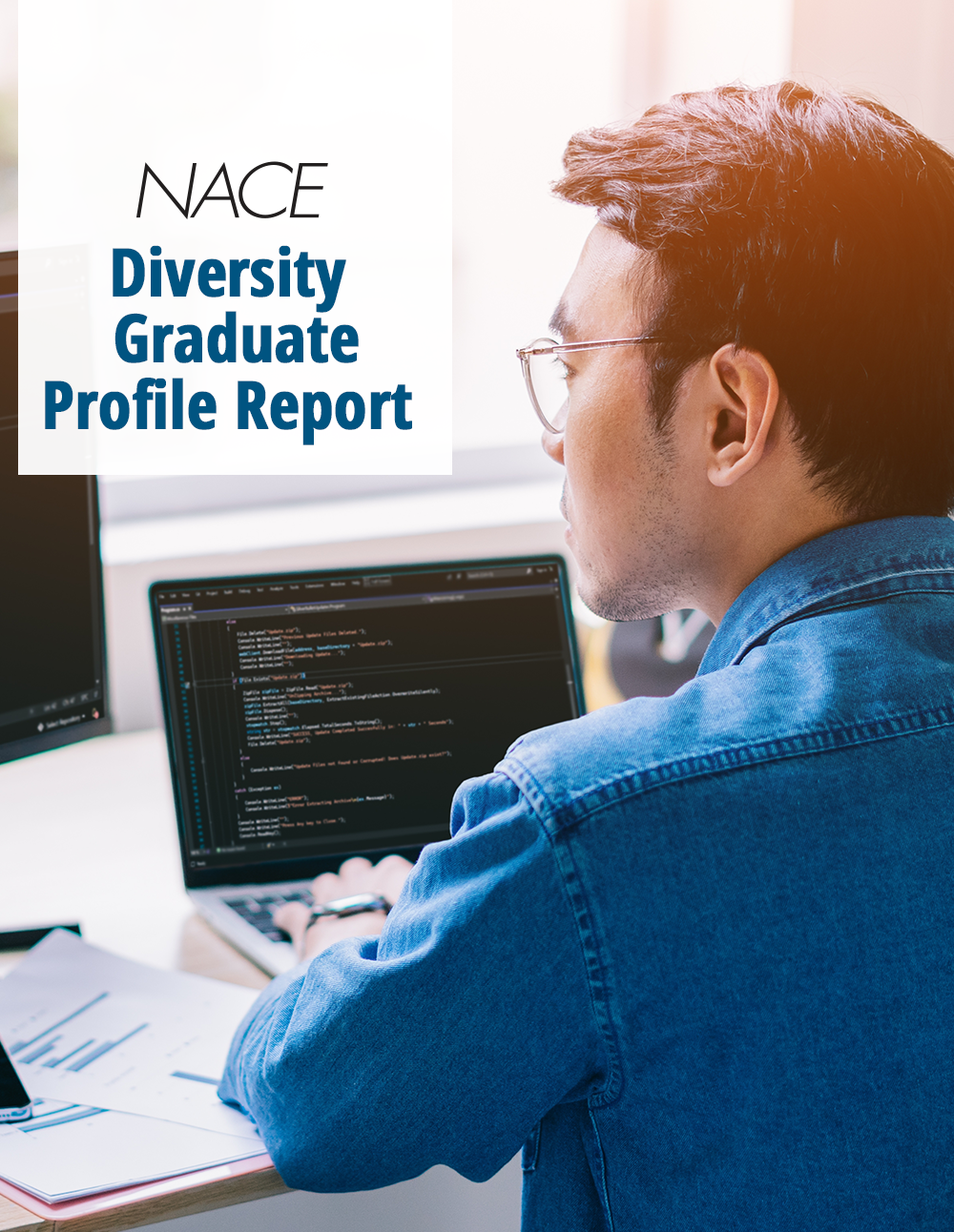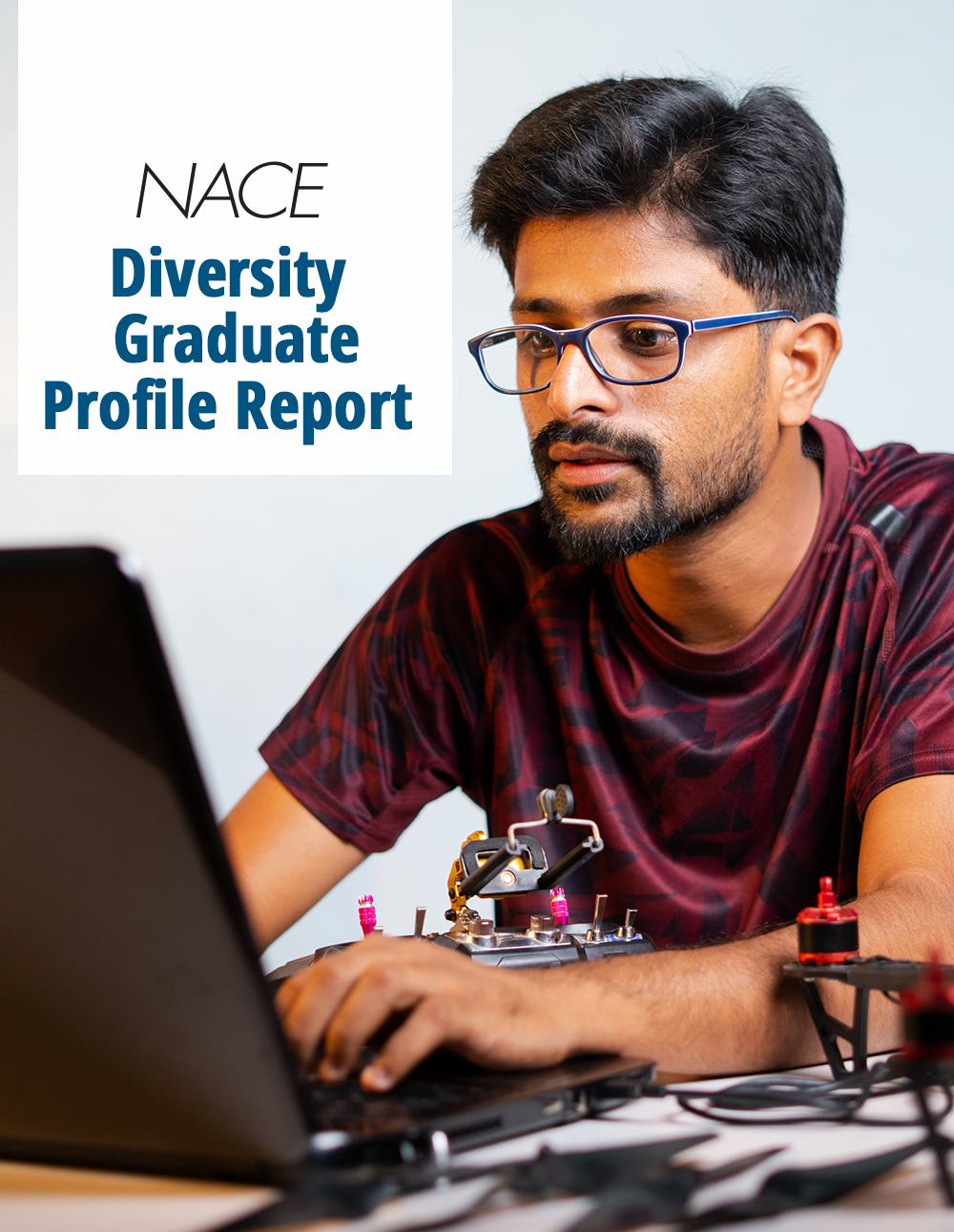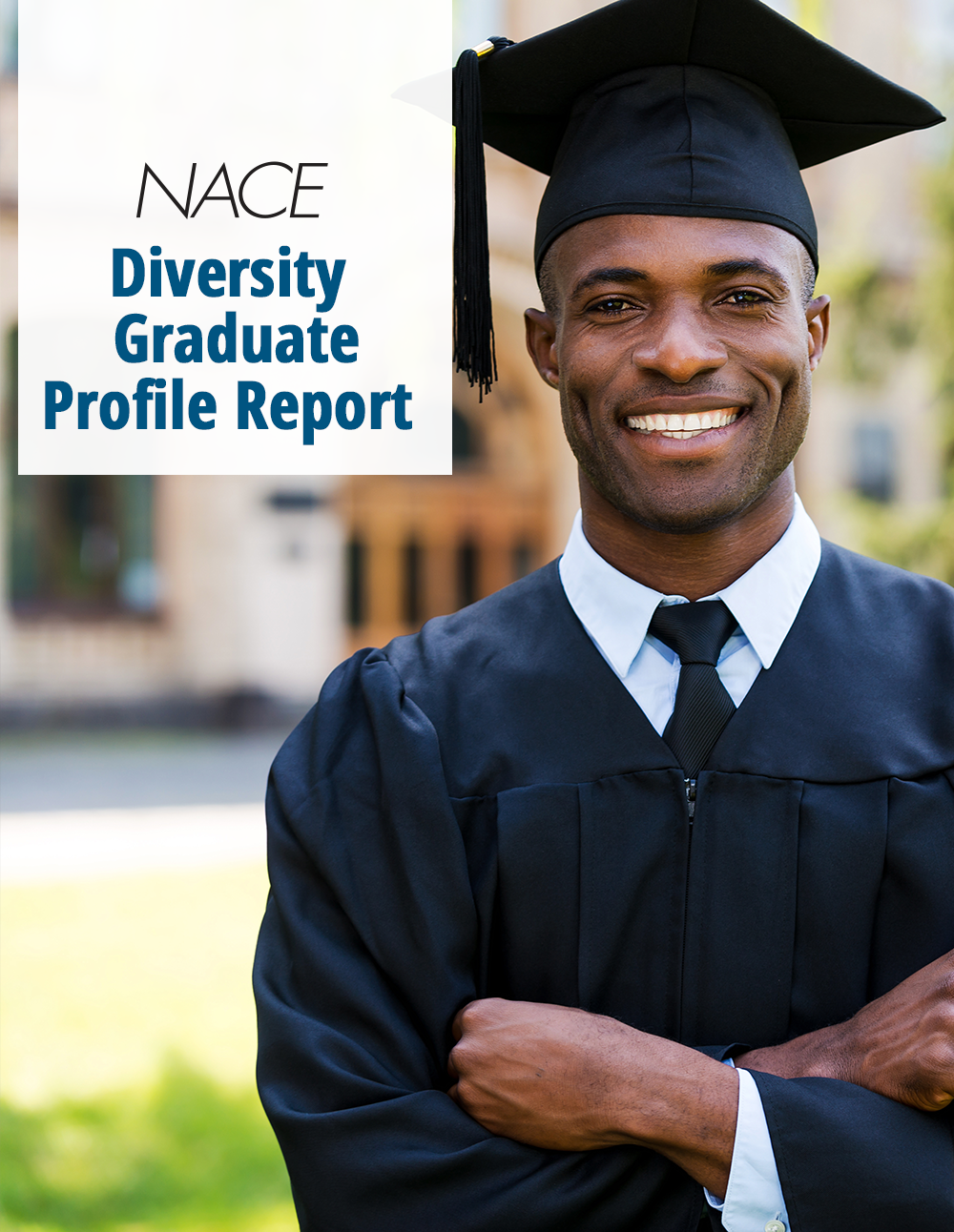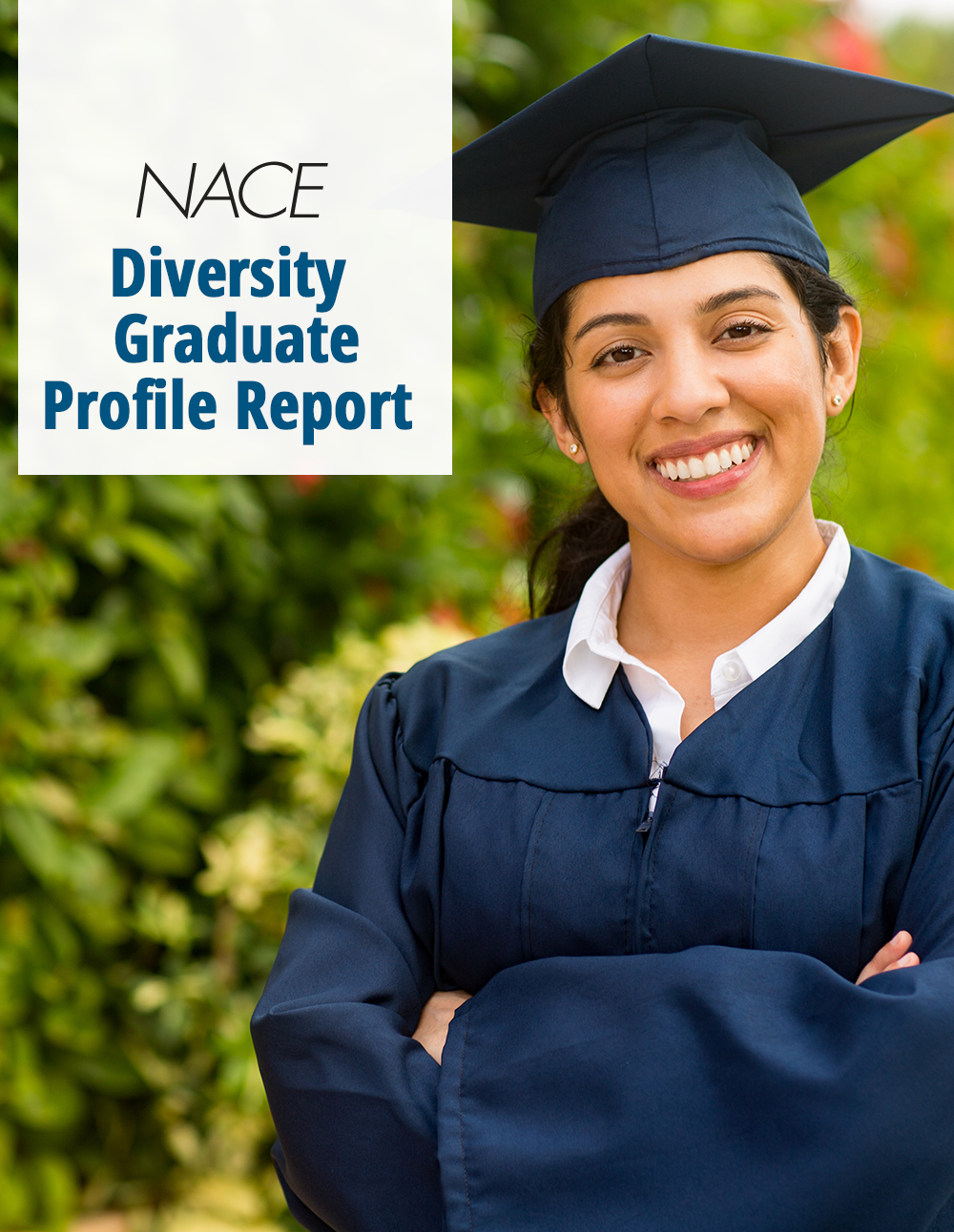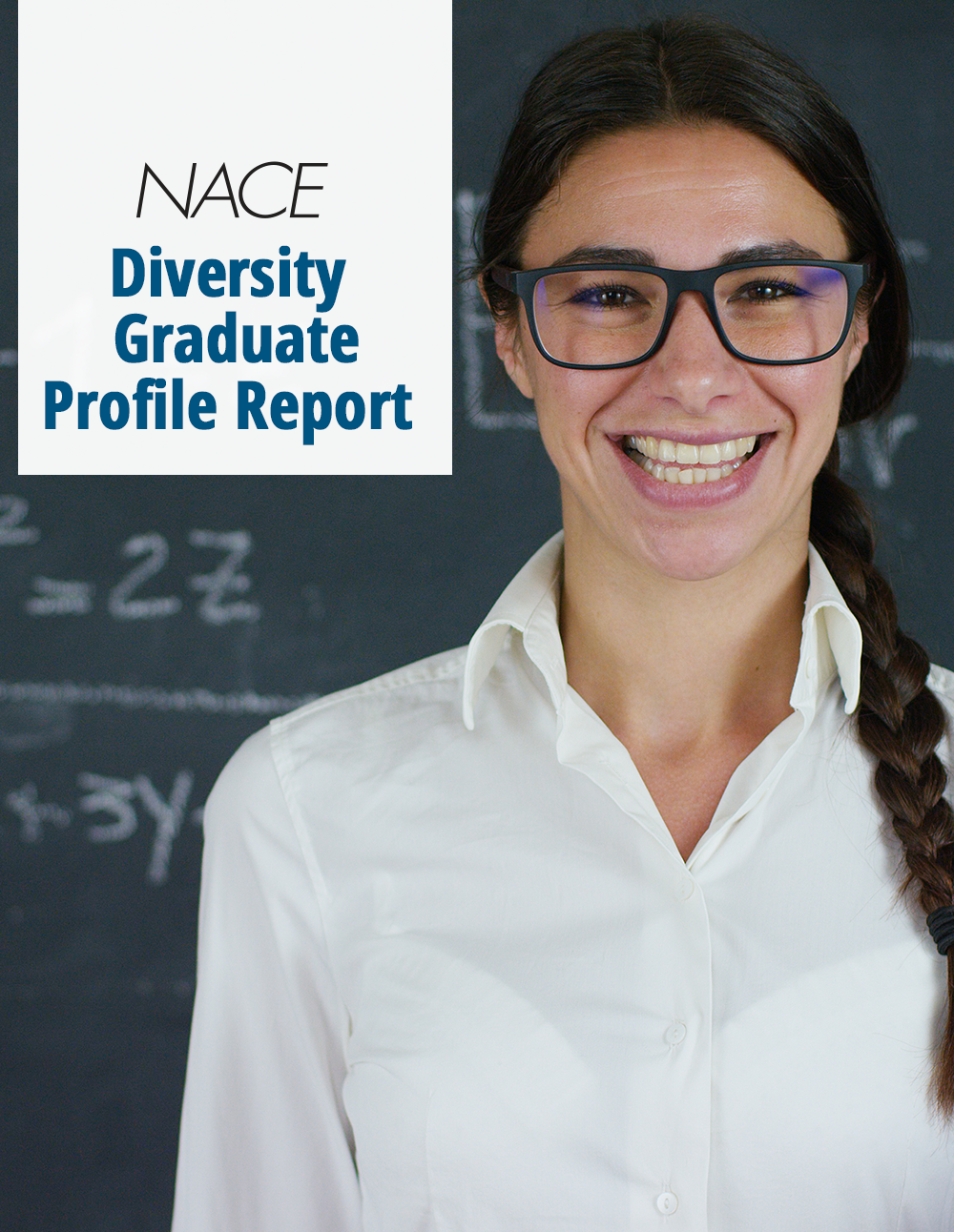Spotlight for Career Services Professionals
Spotlight for Recruiting Professionals
Within intern groups, disproportionalities exist by gender as women are overrepresented among unpaid interns and underrepresented among paid interns, according to data collected by NACE.
This is in addition to the racial disproportionalities in intern representation that NACE research has identified.
If gender were evenly distributed across the internship groups shown in Figure 1, the bars would all be even with the bar representing all graduating seniors. Therefore, since 74 percent of the sample population were women, one should expect to see women as 74 percent of each group of paid, unpaid, and “never interns” (those who did not take part in any internship) as well.
However, this is not the case: Women account for 81 percent of unpaid internships and 68 percent of paid internships. These differences are statistically significant and are evidence of disproportionality.
The data, derived from NACE’s 2019 Student Survey Report, were collected were collected from February 13, 2019, through May 1, 2019. A total of 22,371 students responded from 470 NACE-member colleges and universities. By class, 4,118 freshmen; 3,642 sophomores; 5,049 juniors; 6,475 seniors; 2,384 master’s students; and 516 doctoral students responded to the survey. The focus of the report, however, is on the experiences of the 3,952 graduating seniors who participated. In addition, this report includes in-depth analysis of the impact of students’ internships on these aspects of their transition from college to work. The 2019 Student Survey Report is available free to colleges that participated in the survey through MyNACE. An executive summary of the report is available through the NACE Store.
Figure 1: Disproportionality across intern status, by gender
